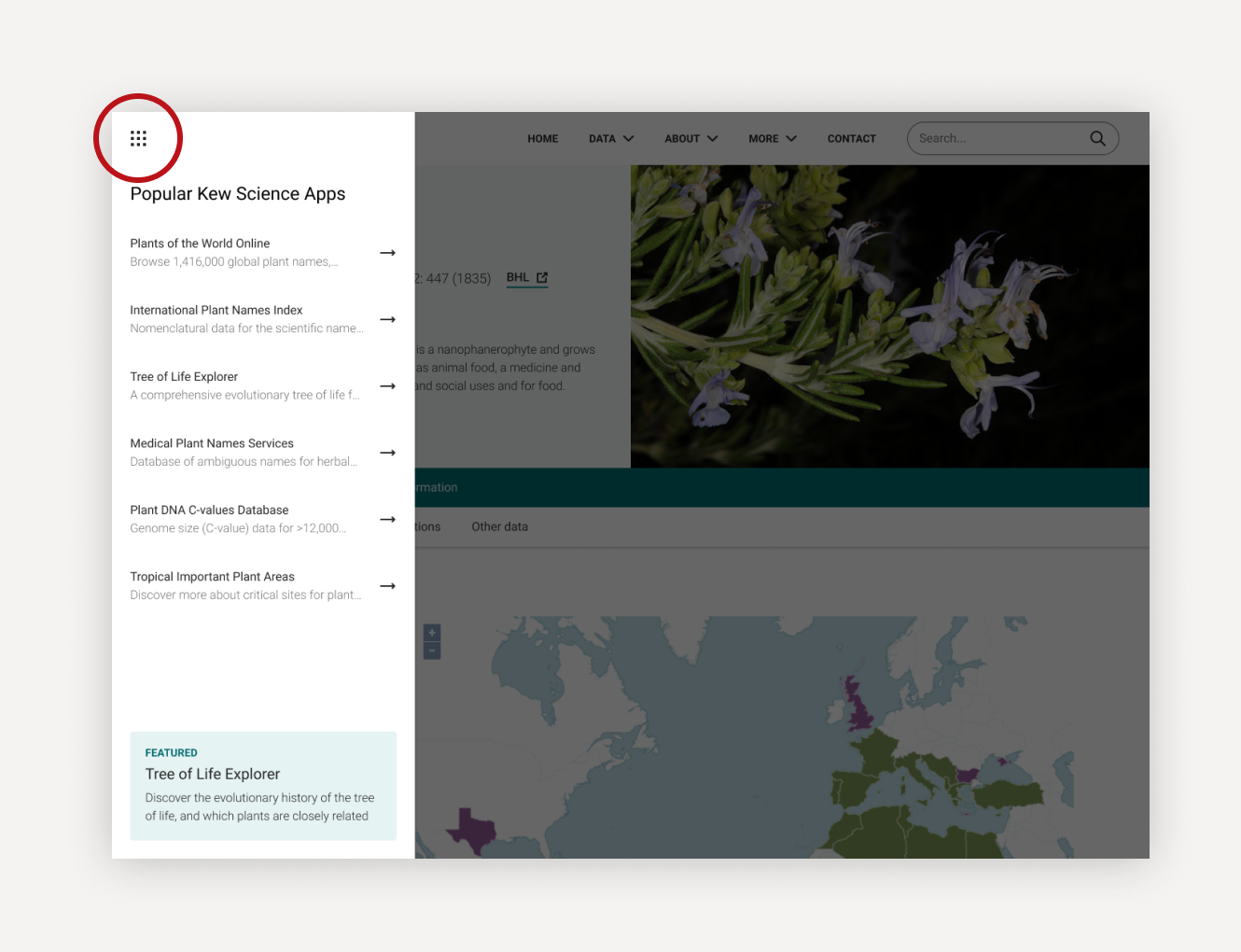Geography and distribution
Restricted to the western dry forests of Madagascar, where it grows in the north and west of the Bemaraha massif, as well as in the dry forest around Antsiranana as far south as Daraina, and possibly also on Nosy Be. Delonix regia is however, also commonly cultivated throughout Madagascar and in many other tropical countries. It has become naturalised in some places, such as parts of southern Florida in the United States, and is invasive in parts of Australia, where it competes with native vegetation.
Description
Overview: A tree growing up to 30 m tall. Its trunk is tall and unbranched, sometimes with narrow, spreading buttresses extending from near the base. The bark is pale grey.
Leaves: The leaves are large with 10-25 pairs of pinnae, each with 30-60 opposite leaflets.
Flowers: The large, bright red flowers are about 10 cm in diameter, the upper petal with a large white to creamy-yellow blotch, flecked with red. The stamens (male parts) are dark red and the style (female part) is yellow.
Fruits: The pods are very long (40-70 cm), strap-shaped and flattened, containing up to 50 seeds each.
Little is known of the breeding system of Delonix regia . However, some self-incompatibility has been recorded. The species is thought to be pollinated by sunbirds.
A specimen cultivated in Martinique, with golden-yellow, unspotted flowers, was described by Henri Stehlé (1909-1983) as Delonix regia var. flavida . This variant is unknown in the wild and should be recognised only as a cultivar - D. regia 'Flavida'.
Threats and conservation
Although flamboyant is reasonably widespread in Madagascar, the habitat in which it grows is severely fragmented and seriously threatened by slash-and-burn agriculture, charcoal production, grazing by domestic cattle and goats, and uncontrolled bush fires.
Kew's Millennium Seed Bank Partnership has collected seeds of Delonix regia and is storing them ex situ in the Kew seed bank in the UK, as well as in Madagascar.
Uses
Delonix regia is widely planted in the tropics and subtropics as an ornamental tree in streets and parks. It is fast-growing and develops an umbrella-shaped crown, making it a valuable shade tree. The wood is of little value, although it is durable and resistant to water, and has been used for making fence posts.
The seeds of D. regia are sometimes used as beads, and there has been some research on the use of the gum obtained from the dried seeds as a binder in the manufacture of tablets, such as paracetamol.
Delonix regia is often depicted on postage stamps of countries around the world which have tropical or subtropical climates, from the small island of Anguilla (one of the British Overseas Territories in the Caribbean) to one of the largest countries, China.
Millennium Seed Bank: Seed storage
Kew's Millennium Seed Bank Partnership aims to save plant life world wide, focusing on plants under threat and those of most use in the future. Seeds are dried, packaged and stored at a sub-zero temperature in our seed bank vault.
Search Kew's Seed Information Database for information on Delonix regia seeds
Cultivation
Delonix regia requires well-drained soils in full sun, and is well-suited to maritime conditions in the tropics and subtropics. However, its roots are wide-spreading and can damage paving, land drains, and the foundations of nearby buildings. The tree has brittle branches which are shed readily. Underplanting with other species is difficult because of the spreading root system. Care needs to be taken in choosing the right site for planting, well away from hard landscape features so as to avoid damage.
Delonix regia is suitable for glasshouse or conservatory cultivation in temperate regions. It has been grown at Kew in the past, and was planted in free-draining compost and kept in a warm zone with a minimum temperature of 13°C and bright light. It requires plenty of water when in full growth, but watering should be reduced in the winter.
This species at Kew
Dried and spirit-preserved specimens of Delonix regia are held in Kew's Herbarium, where they are available to researchers by appointment. The details of some of these specimens can be seen online in Kew's Herbarium Catalogue.
A bracelet, which includes seeds of Delonix regia is held in Kew's Economic Botany Collection.









